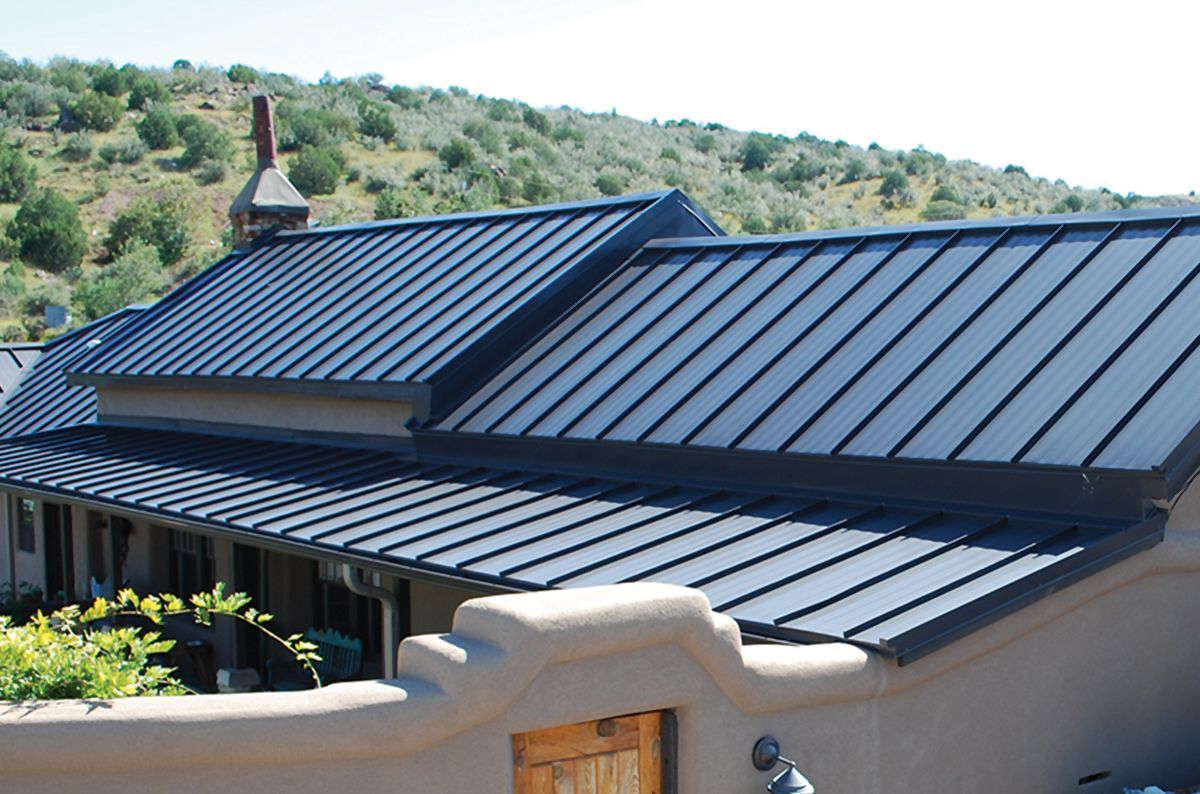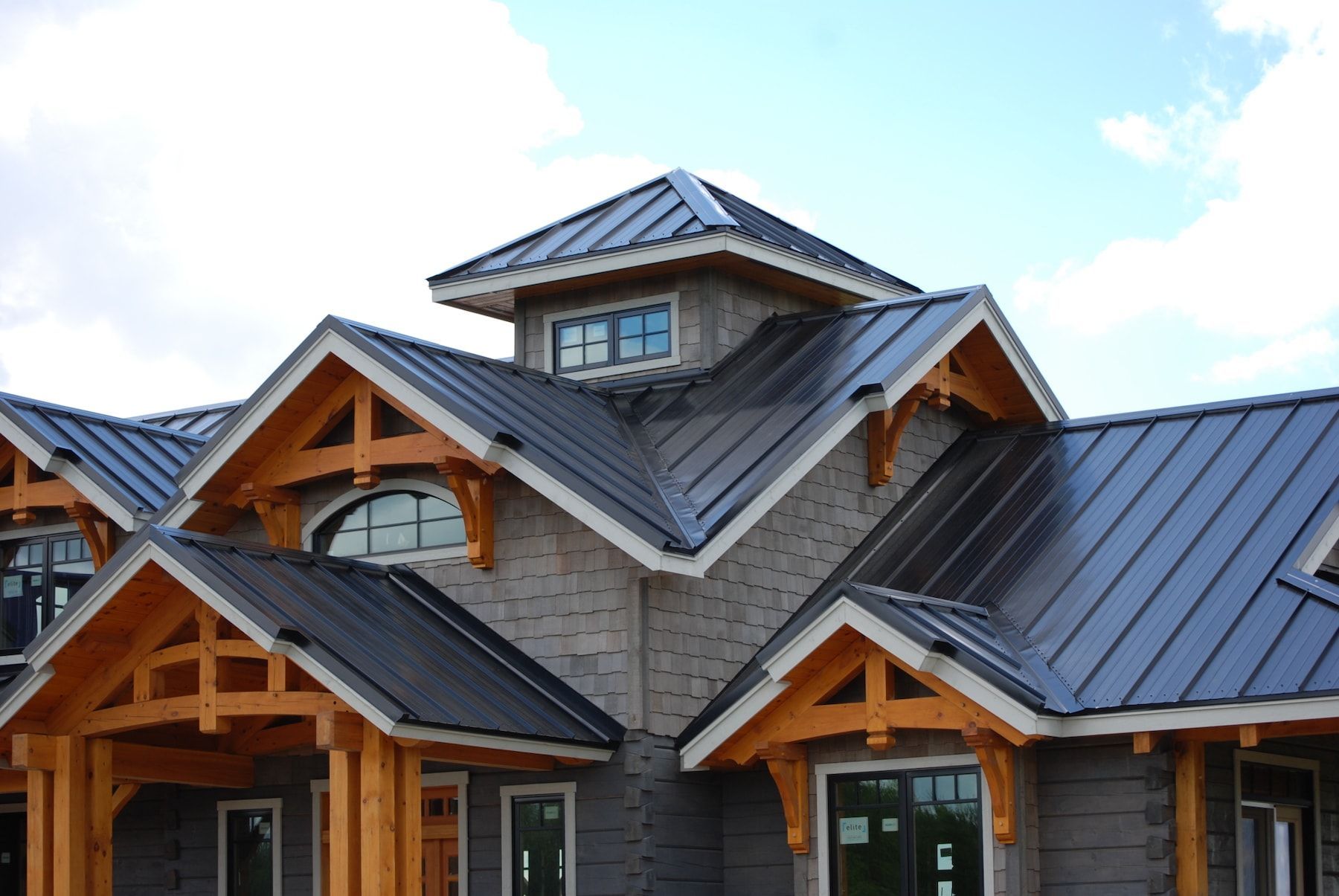How Homeowners Insurance Covers Roof Damage
How Homeowners Insurance Covers Roof Damage
Homeowners insurance generally covers roof damage caused by unexpected events, often referred to as "perils." These can include:
- Storm Damage: High winds, hurricanes, and tornadoes can cause significant damage to roofs, ripping off shingles or causing structural harm. Insurance typically covers the cost of repairs or replacement if the damage results from a covered storm.
- Hail Damage: Hailstones can dent or crack roofing materials, leading to leaks and further damage. Most homeowners insurance policies cover hail damage, especially if it compromises the roof's integrity.
- Falling Objects: If a tree branch or other debris falls on your roof during a storm, insurance will usually cover the resulting damage.
- Fire Damage: Roofs damaged by fire are typically covered by homeowners insurance, as fire is considered a covered peril.
- Water Damage (From Roof Leaks): If water damage occurs because of a sudden and accidental event, such as a tree falling and
- puncturing the roof, your insurance policy will likely cover it.
However, it's important to note that homeowners insurance generally does not cover damage due to wear and tear or lack of maintenance. For example, if your roof is old and deteriorating and it starts leaking, insurance may not cover the repairs.
Actual Cash Value vs. Replacement Cost Value
When filing a claim for roof damage, your insurance policy may reimburse you in one of two ways: Actual Cash Value (ACV) or Replacement Cost Value (RCV).
- Actual Cash Value (ACV): This coverage takes into account the depreciation of your roof over time. In other words, if your roof is 15 years old, the insurance company will subtract the depreciation from the payout, leaving you with less money to replace your roof.
- Replacement Cost Value (RCV): This coverage pays out the full cost to repair or replace your roof without deducting for depreciation. While RCV policies typically have higher premiums, they offer better financial protection in the event of a claim.
It’s crucial to review your policy and understand which type of coverage you have, as it can significantly impact the amount you receive if you need to file a claim.
Filing a Roof Damage Insurance Claim
If your roof has sustained damage from a covered peril, follow these steps to file an insurance claim:
1. Document the Damage: Take photos and videos of the damage to your roof as soon as possible. This documentation will be essential when filing your claim and proving the extent of the damage.
2. Contact Your Insurance Company: Notify your insurance company about the damage and your intention to file a claim. They will guide you through the process and inform you of the next steps.
3. Schedule an Inspection: Your insurance company will likely send an adjuster to inspect the damage. The adjuster will assess the damage, estimate the cost of repairs or replacement, and determine how much the insurance company will pay.
4. Obtain Repair Estimates: While waiting for the adjuster, it’s a good idea to obtain repair estimates from reputable roofing contractors. These estimates can provide a comparison and help ensure that the adjuster's estimate is fair.
5. Review the Settlement Offer: After the inspection, the insurance company will provide a settlement offer. Review it carefully, and if it’s lower than expected, you can negotiate or provide additional documentation to support your claim.
6. Get Your Roof Repaired or Replaced: Once the settlement is finalized, you can hire a contractor to repair or replace your roof. Ensure that the contractor is licensed, insured, and experienced with handling insurance claims.
Common Reasons for Denied Roof Claims
Not all roof damage claims are approved by insurance companies. Common reasons for denied claims include:
- Wear and Tear: Insurance typically does not cover damage due to aging or lack of maintenance. If your roof is old and has deteriorated, the insurance company may deny your claim.
- Improper Installation: If the roof was improperly installed or not up to code, any resulting damage might not be covered by insurance.
- Policy Exclusions: Certain perils, such as earthquakes or floods, may be excluded from standard homeowners insurance policies. You may need to purchase additional coverage for these risks.
- Delayed Reporting: Failing to report damage promptly can result in a denied claim. It’s important to file a claim as soon as you notice the damage.
How to Ensure Your Roof is Covered
To ensure your roof is adequately covered by insurance, consider the following tips:
- Review Your Policy: Regularly review your homeowners insurance policy to understand what’s covered and what’s not. If necessary, update your coverage to better protect your roof.
- Maintain Your Roof: Keep your roof in good condition by performing regular maintenance, such as cleaning gutters, inspecting for damage, and repairing minor issues before they become major problems.
- Upgrade Your Coverage: If you live in an area prone to specific perils, such as hail or hurricanes, consider upgrading your policy to include coverage for those risks.
- Document the Condition of Your Roof: Keep records of roof inspections, repairs, and any upgrades. This documentation can help support your claim if your roof is damaged.


